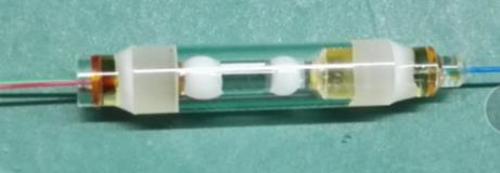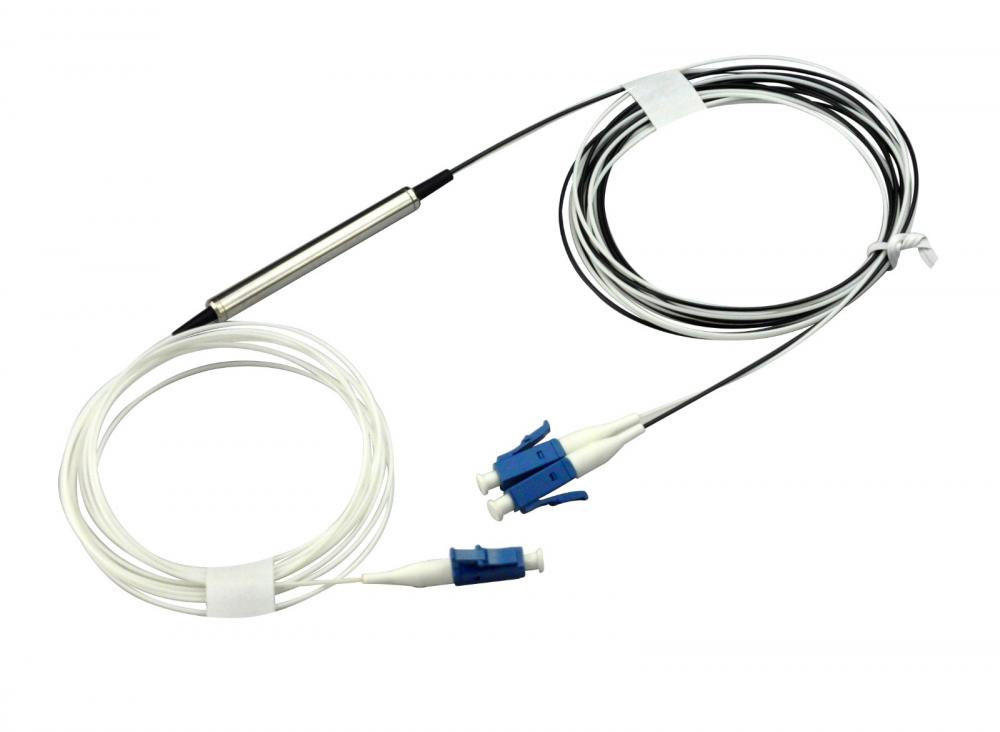Cypress Semiconductor Corporation announced that KORG has selected Cypress's PSoC® 3 programmable system-on-chip for its new generation of KAOSS PAD handheld synthesizer products. KORG Kaossilator 2 and Mini Kaoss give users the ability of free artists, both multi-layer digital music capabilities, and intuitive touchpad and slider functions controlled by PSoC3. In addition to touch, the flexibility and versatility of the PSoC architecture allows the single-chip PSoC 3 solution to perform power sequencing control and signal conversion for the display of KAOSS products, thereby replacing the functions of three devices in the old products. The Kaossilator 2 synthesizer and the touchpad and slider on the Mini Kaoss all use Cypress's CapSense® capacitive sensing technology to achieve ultra-fast response. Compared with the resistive touch screen used in the previous generation of KORG products, it has a lot of Big promotion. PSoC 3's programmable digital logic unit can drive the signal converter in the product's outstanding organic electroluminescence (OEL) display, thereby reducing the load on the central processing unit (CPU) and optimizing performance. For the application information of PSoC 3 as a touch-sensitive USB musical instrument digital interface (MIDI) controller, please refer to the following website :. Masato Mizuno, head of product at KORG ’s KAOSS new product line, said: “Kaossilator 2 and Mini Kaoss combine the world ’s best capacitive touch technology with the most popular synthesizer to meet the accuracy and speed of response of musicians. In order to create digital music anytime, anywhere. The flexibility of PSoC 3 allows many design problems to be solved, thereby significantly improving the performance and design of the dynamic synthesizer. " Leon Tan, Cypress Consumer Solutions Marketing Manager, said: "KORG's KAOSS product line has redefined the way musicians perform music creation and interaction based on the success of Apple's iPhone and iPad. We are pleased to see that KORG has successfully utilized the best capacitive touch technology in the PSoC 3 industry and the ability to replace other components to achieve a variety of other functions, bringing these innovative synthesizers to market. " About CapSense Cypress ’s CapSense touch-sensing solution has replaced 4 billion mechanical buttons. Applications involved include mobile phones, laptops, consumer electronics, white goods, and automotive applications. Almost all systems with mechanical buttons or switches, This makes Cypress a leader in the touch sensing industry. CapSense is the industry's most selective and highly integrated product line. With its excellent anti-noise and waterproof capacitive touch interface, including proximity sensing technology that does not require direct contact, it optimizes industrial design and reliability. The CapSense proximity sensing function can be used to activate an interface only when necessary to achieve power saving purposes; at the same time, the display interface can be activated only when necessary, thereby further improving industrial design. For more information about CapSense, please visit the following URL :. MCU can't, but PSoC can! The PSoC solution provides an equivalent of flash-based field-programmable ASIC for embedded control design without the impact of production cycle or NRE. PSoC devices tightly integrate configurable analog and digital circuits and control them through on-chip microcontrollers, which not only simplifies the design modification process, but also reduces the number of components. Only a single PSoC device can integrate up to 100 peripheral functions, which can help customers save design time, reduce board space, reduce power consumption, while also improving system quality and reducing system costs. PSoC can make your design forward-looking to meet the final stage of specification changes. Designers can modify the firmware at any point in the design cycle, even at the production site. All PSoC devices can support dynamic reconfiguration, allowing designers to dynamically modify internal resources and use fewer components to complete a given task. For more details about PSoC products, please visit the website:. For free online training, please visit the website:. About KORG KORG is recognized globally as the most innovative manufacturer of electronic musical instruments. The company is headquartered in Tokyo, Japan and has a dealer network in many countries around the world. From the production of Japan's first synthesizer, to the definition of music workstation products, to the invention of the world's first handheld electronic tuner, KORG has been at the forefront of technology, and strives to be more advanced, extremely easy to use, inspiring, and more High-quality products are marketed. For more details, please visit the following website: English /. About Cypress Cypress provides high-performance, mixed-signal, programmable solutions that can accelerate the time-to-market of customer products and provide outstanding system value. Cypress products include the flagship PSoC® 1, PSoC 3, PSoC 4 and PSoC 5 programmable system-on-chip family. Cypress is a global leader in capacitive user interface solutions. Its products include CapSense® for touch sensing, TrueTouch® for touch screens, and trackpad solutions for laptops, PCs, and peripherals. Cypress is a global leader in the field of USB controllers, and its products are mainly used to improve the connectivity and performance of many consumer and industrial products. In addition, Cypress is a leading global supplier of SRAM and non-volatile RAM memory. Cypress products are used in many fields, including consumer electronics, mobile phones, computing, data communications, automotive, industrial and military. Cypress shares are traded on the NASDAQ Global Select Market under the ticker symbol CY. For more details, please visit the Cypress website :. FWDM - Filter Wavelength Division Multiplexer Since the "optical telephone" device designed by Bell in 1880 was proved that light waves can transmit information, the era that truly brought optical communications came after the 1980s. A complete optical communication system should meet three conditions: light source, optical fiber, and photoelectric detection. In 1966, the United States borrowed from the Chinese Dr. Gao Kun to publish a thesis, pointing out that "quartz glass fiber is used to transmit optical signals for communication." In 1970, Corning Corporation of the United States successfully developed optical fiber, which provided an ideal transmission medium for optical communications. During this period, semiconductor lasers were also successfully developed, and light sources with wavelengths suitable for optical fiber low-loss transmission played a decisive role in optical fiber communications, all of which made the development of optical fiber communications extremely rapid. Filter WDM, FWDM Splitter, Filter WDM Splitter Shenzhen GL-COM Technology CO.,LTD. , https://www.szglcom.com

